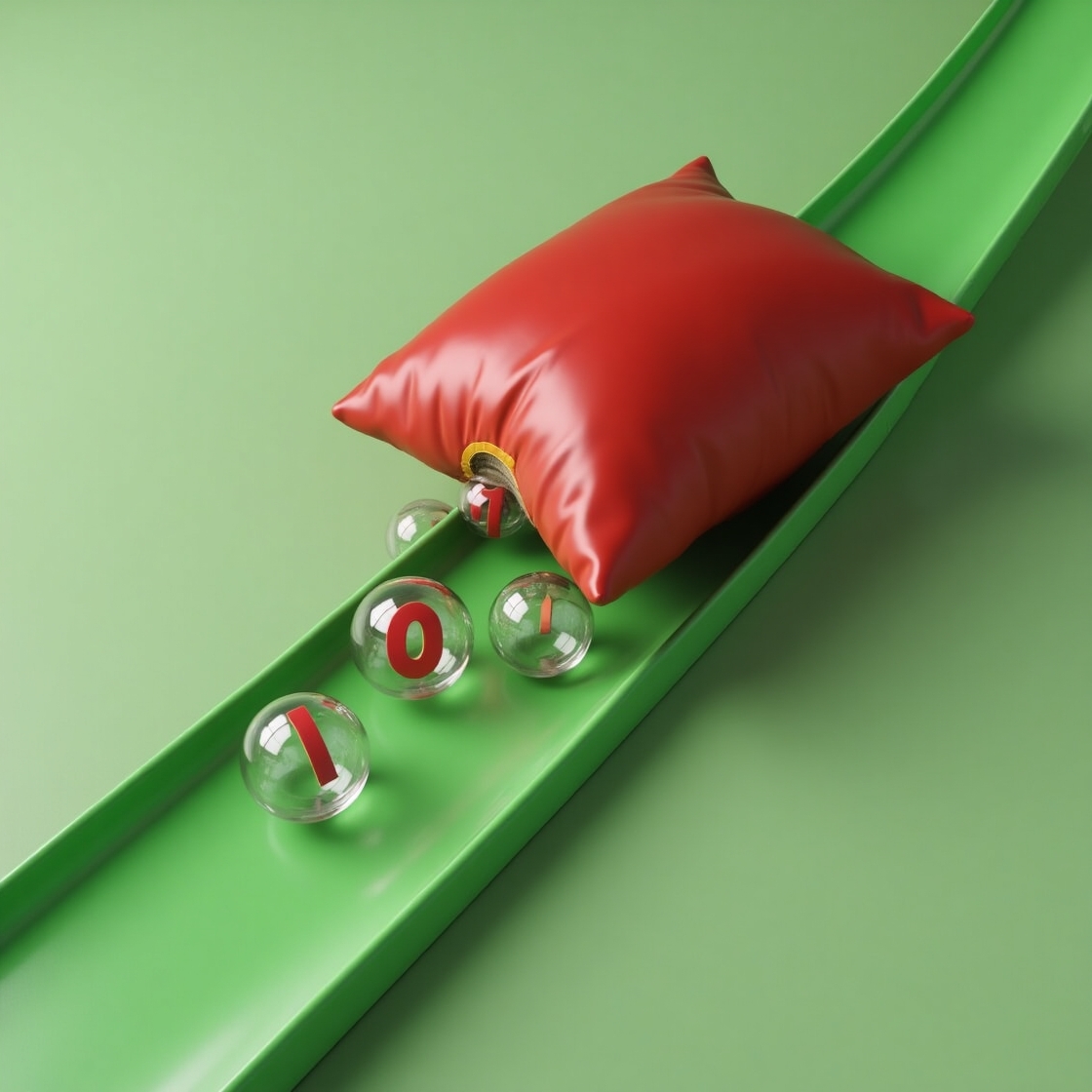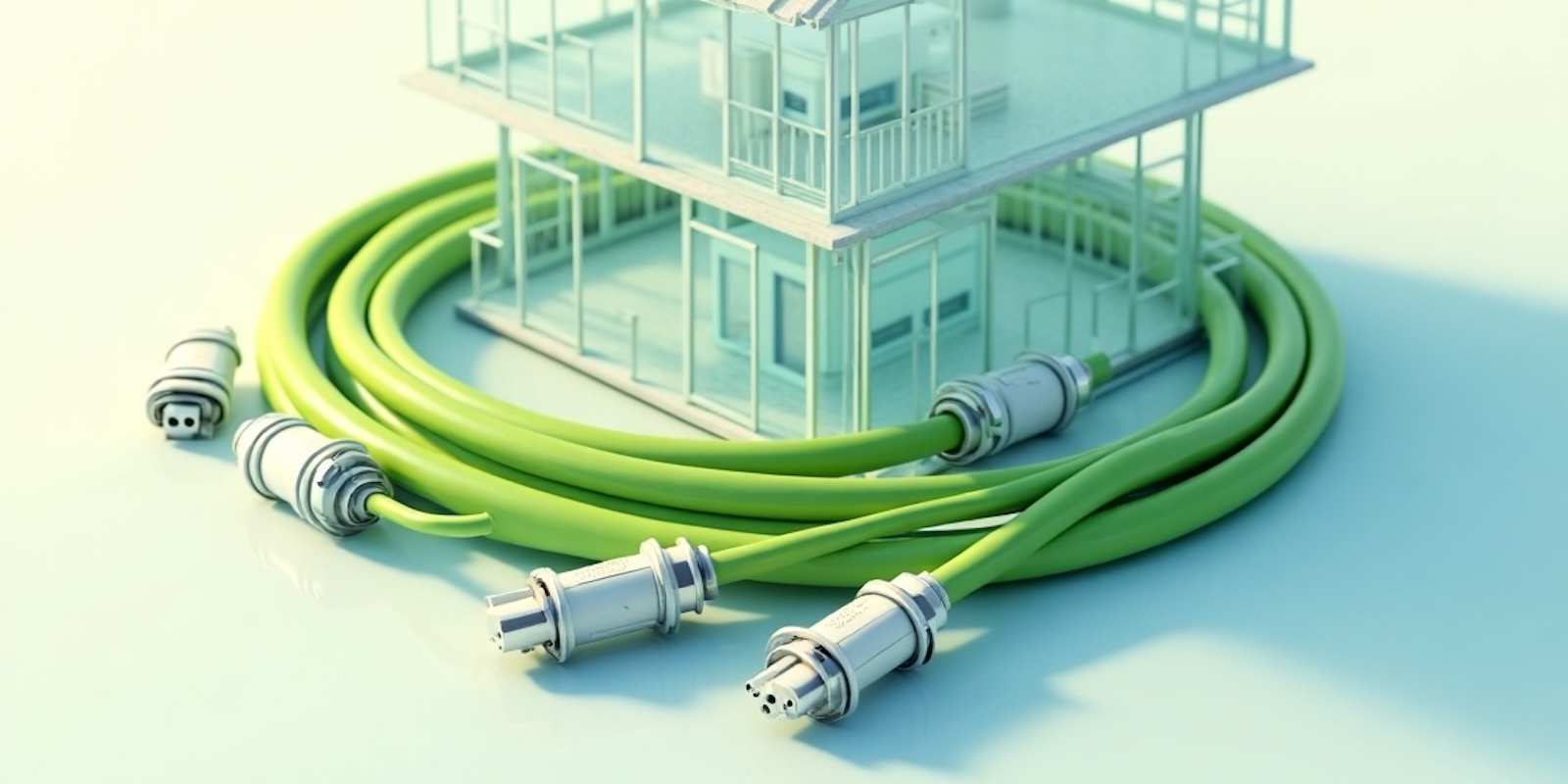Differential data buses require termination resistors, typically with a value of 120 Ω, to prevent signal reflection:
| Bus type | Termination needed? | Notes |
|---|---|---|
| RS-485 / Modbus RTU | yes | 120 Ω at both ends of the bus |
| CAN / CANopen | yes | 120 Ω at both ends required |
| DMX512 | yes | 120 Ω termination required at the endpoint |
| Profibus DP | yes | Built-in termination at the endpoints |
| M-Bus (standard) | no | Not differential, termination not needed |
| RS-232 | no | Single-ended, termination not required |
| KNX TP1 | no | Internal termination; external resistor must not be added |
| Ethernet (100 Ω diff.) | no (automatic) | Termination integrated in PHY chip |
| USB | no (automatic) | Termination integrated in the controller |
How can I explain it to my curious grandchild?
Imagine a long slide where marbles roll down. The marbles are the data, and the slide is the wire (bus). If there’s no cushion at the end, the marble hits the end, bounces back, and crashes into the next one — messing up the whole line of marbles (data). Now imagine putting a soft cushion at the end of the slide — this is the termination resistor. It stops the marble gently and prevents it from bouncing back.

So:
- the wire is the slide
- the data is the rolling marble
- the termination resistor is the soft cushion at the end
- without it, marbles bounce back and cause confusion
That’s why we place a little “cushion” — a termination resistor — at both ends of the wire (bus): so all the data arrives nicely and nothing gets mixed up.
Wish I were better at AI image generation — I just can’t make it grasp that there’s supposed to be a cushion at the end of the green slide.
